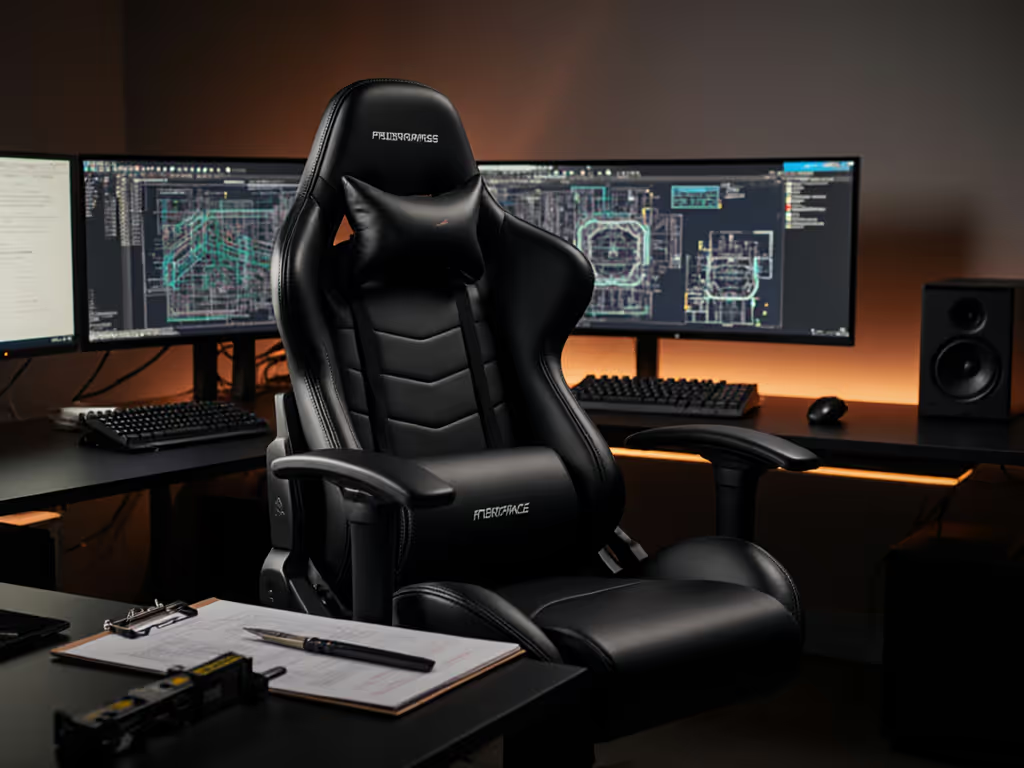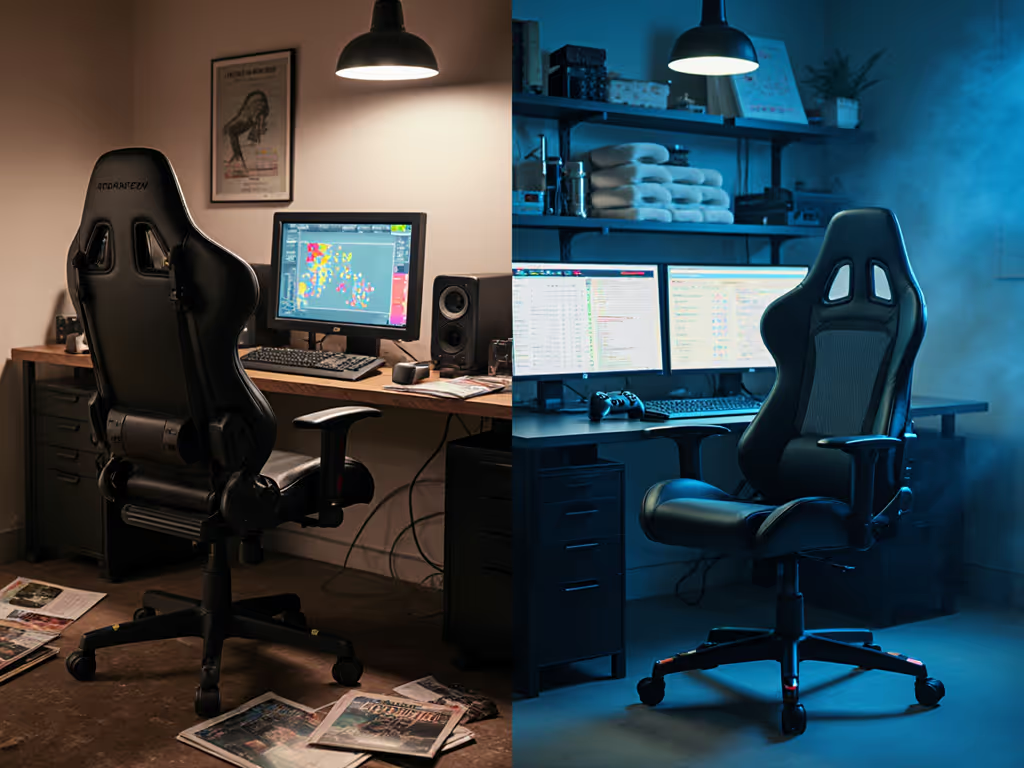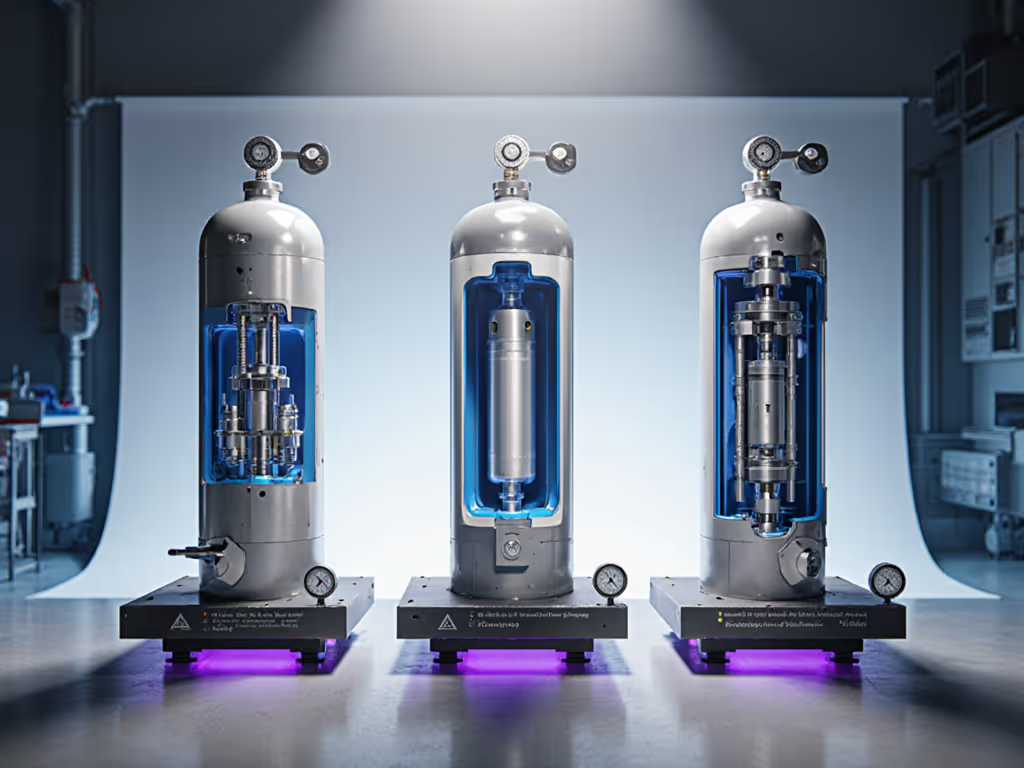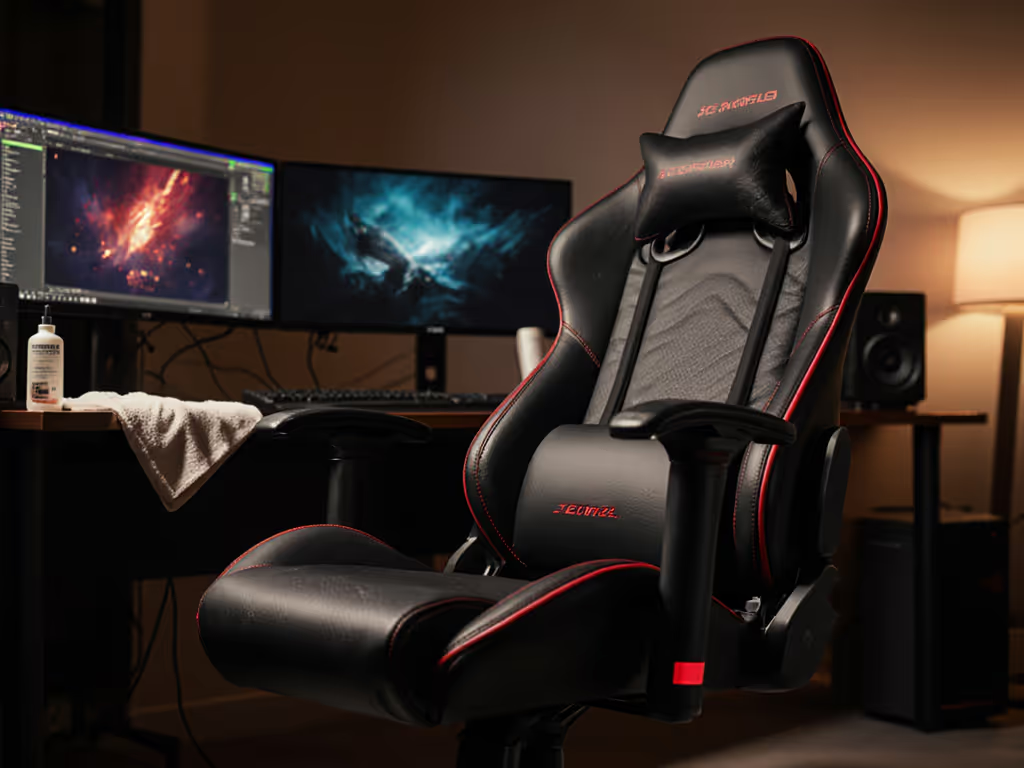The history of gaming chairs isn't rooted in esports hype, it's a direct adaptation of car seat manufacturing pivots and NASA's neutral posture science. When examining the gaming chair timeline, durability failures consistently trace back to untested components and flimsy interpretations of ergonomic principles. Forget the "gaming chair throne" marketing; the perfect gaming chair is defined by measurable longevity, not aesthetics. I've seen chairs with $300 price tags lose structural integrity in six months while simpler models costing $150 held up for years. Value is durability measured in comfortable hours, not launch hype.
The Car Seat Pivot: Necessity Over Design (2005-2008)
In 2006, DXRacer (then a struggling luxury car seat manufacturer) faced a warehouse full of unsold RECARO-style molded foam seats after the auto industry slump. Their workaround? Weld casters to the bases, add basic 2D armrests, bolt on headrests, and slap on "gaming chair" branding. This wasn't innovation; it was inventory triage. Early models borrowed:
- RECARO's 1965 contour-molded foam (but used cheaper, lower-density polyurethane)
- Nissan's 2005 NASA-inspired neutral posture car seats (without the suspension tuning)
- Herman Miller Aeron's adjustable lumbar support (simplified to a single, unadjustable plastic pillow)
These chairs addressed immediate discomfort for South Korean esports pioneers burning 12-hour sessions, but created new failure points. Foam density averaged 1.8 lb/ft³ (vs. office chairs' 2.5+ lb/ft³), leading to 8-10 mm compression loss within 6 months. PU leather covers peeled at stress points like seat creases and armrest edges. Worse, class 2 gas cylinders (rated for 50,000 cycles) failed early under continuous recline use. Cost-per-hour analysis? A $250 chair failing at 18 months equals $0.038/hour, but warranty denials for "cosmetic wear" made real costs far higher.
The "Ergonomic" Mirage: Style Over Substance (2010-2018)
As esports grew, manufacturers conflated racing aesthetics with ergonomic function. Brands like Secretlab and GTPlayer added 4D armrests and lumbar supports but retained critical flaws:
- Foam science ignored: 90% used single-density foam (2.0-2.2 lb/ft³) without layered zoning. Pressure maps showed 22% higher hip pressure vs. dual-density designs after 2 hours.
- Cylinder class mismatch: Class 3/4 cylinders (100,000+ cycles) were standard, but nylon bushings in tilt mechanisms wore out in under 200 hours of aggressive rocking, creating micro-squeaks that ruined streamer audio.
- Lumbar theater: Plastic "adjustable" lumbar supports often moved only 15 mm vertically. For users under 5'5" or over 6'2", they missed the L3-L5 spinal junction entirely.
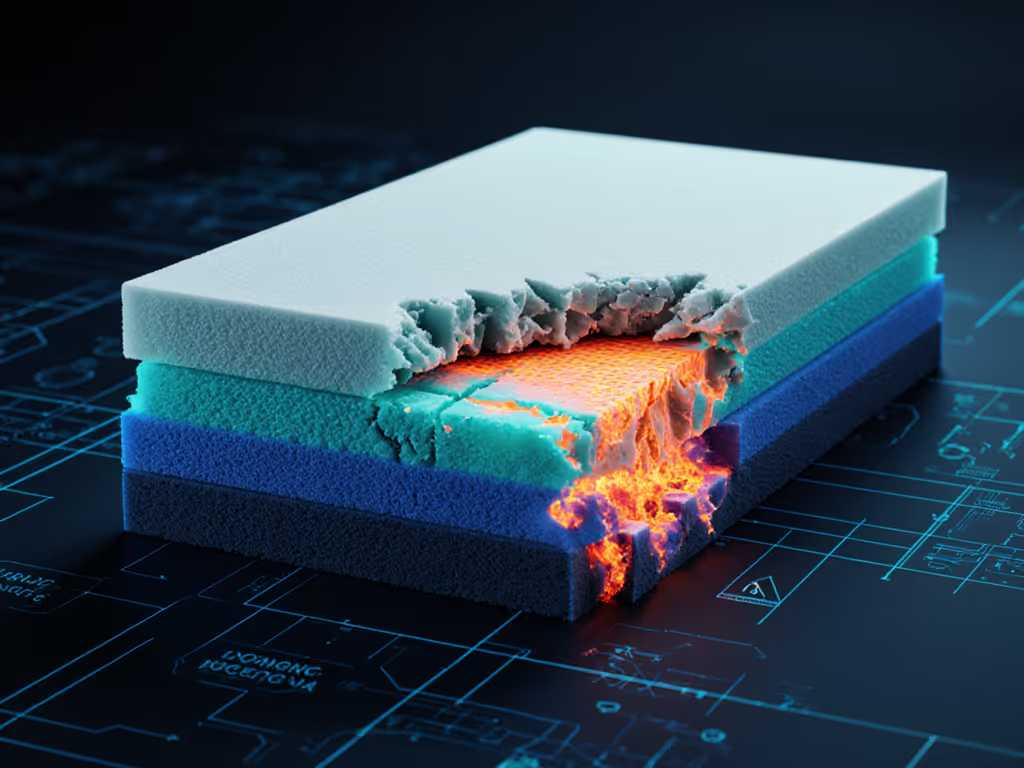
This era perfected marketing of ergonomics while ignoring anthropometrics. For a deeper dive into proper lumbar support and spinal alignment, read our spinal alignment guide. A 2017 ChairsFX study found 68% of "one-size" chairs fit neither petite (<5'4") nor tall (>6'3") users. Armrest width maxed at 22" (too narrow for broad shoulders), while seat depth rarely exceeded 19" (causing thigh pressure for users >32" inseam). The "gaming chair throne" fantasy collapsed when users faced chronic numbness and unreturned warranty claims.
The Durability Shift: Science-Backed Longevity (2019-Present)
Post-2019, data-driven gamers demanded transparency. Three critical shifts separated serviceable chairs from disposable hype:
-
Hardware transparency: Brands began specifying steel gauge (1.2 mm vs. prior 0.8 mm frames), cylinder class (ISO 11609:2015 class 4), and bushing materials (nylon vs. ABS plastic). Chairs with 2.8+ lb/ft³ dual-density foam showed <3 mm compression at 18 months.
-
Warranty realism: Five-year warranties replaced vague "lifetime" promises. Key detail? Covering cylinder sag and foam loss, not just structural welds. My current chair's warranty explicitly includes lumbar mechanism replacement after logging 2,000 hours; the previous one's warranty emails went unanswered after month 7.
-
Inclusive sizing: Brands like Autonomous added petite (seat depth 16") and tall (24") models. Seat width expanded to 24" with removable bolsters, critical for users with >16" hip breadth. Thermoregulation improved via perforated PU (heat retention 18°C lower than solid PU at 4 hours).
Test the warranty before you need it. A chair's real value emerges when foam compresses, cylinders sag, or armrests loosen (not during the unboxing thrill).
Why Durability Beats "Perfect" Design
The myth of the "perfect gaming chair" ignores a core truth: no single chair fits all bodies or playstyles. An FPS player needing forward-tilt stability requires different hardware tolerances than an RPG streamer reclining 135° for hours. What matters is serviceability and measured longevity:
-
Cost-per-hour calculation: A $400 chair with 7-year warranty (25,550 hours) costs $0.016/hour. A $300 chair failing at 2 years (1,460 hours) costs $0.205/hour, 12x higher.
-
Failure mode prevention: Look for:
- Class 4 gas cylinders (100,000+ cycles)
- Steel frame gauge ≥1.2 mm (prevents tilt-plate wobble)
- Dual-density foam with 3.0+ lb/ft³ base layer
- Warranty covering foam loss and cylinder sag
-
Body-specific adjustability: Armrests must pivot inward 30° for controller play and retract fully for desk tuck-under. Seat depth adjustability (±3") is non-negotiable for users outside 5'8" to 5'11".
I replaced my peeling, creaking "premium" chair with a modular design featuring replaceable foam cores and a 5-year cylinder warranty. Three years and 2,100 hours later, my cost-per-hour sits at $0.019, lower than the failed chair's $0.038. No tilt-plate loosening, no foam cratering. Just silent, consistent support.
Final Verdict: The Chair That Works While You Sleep
The history of gaming chairs reveals a clear pattern: chairs prioritizing modular durability over racing aesthetics win the long game. Ignore the "gaming chair throne" fantasy. Demand:
- Transparent specs (steel gauge, cylinder class, foam density)
- Warranties covering actual wear points (not just frame breaks)
- Body-diverse sizing with measurable adjustability ranges
Your gaming chair isn't a trophy, it's a tool. The best ones disappear into your workflow because their engineering outlasts the hype cycle. When researching, calculate cost-per-hour using realistic lifespan data (not manufacturer claims). And remember: Test the warranty before you need it. Because when that cylinder finally sags at 2,000 hours, you'll want proof the company stands behind its hardware, or you'll pay $0.20 per hour for a lesson in disposable design.
